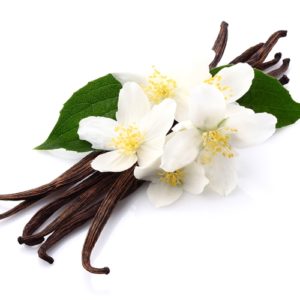Vanilla is an ingredient that is used in so many different ways that sometimes it’s almost overlooked. Chef schools in Texas and Colorado use vanilla in all sorts of recipes, from baking and pastries to sauces and salad dressings. While vanilla can be added to recipes using store-bought vanilla extract, to fully bring vanilla’s bold flavors to your dishes, consider using fresh vanilla beans.
About the beans
Vanilla beans come from the vanilla orchid, a flower native to Mesoamerica. The plant takes nearly 10 years to develop to the point that it produces the pods that hold the beans, which makes vanilla a very time-consuming ingredient. Once the pods are grown, they’re removed from the orchid, fermented and cured over a six-month process. This means that before it even ends up in your hands, vanilla beans go through a decade of the creation. That’s why fresh vanilla is such an expensive spice: Saffron is the only spice that will take a bigger bite out of your wallet.
Preparing the beans
Once you have your hands on a vanilla pod, you have to access the sweet, fragrant beans within. To remove the beans for use, begin by laying the pod flat on your cutting board. Trim the ends, and slice open the skin of the pod lengthwise. You can also simply cut the pod in two: either way will let you scrape out the vanilla beans. Gently peel away the skin, and use a spoon or the back of your knife to scrape the beans out of the pod. There will be thousands of little beans inside, and as you scrape, they will come out in a paste.
How to use them
Once you’ve removed the beans from the pod, you have fresh vanilla just waiting to be used in your next recipe. Those beans can be used in any number of baking recipes, and will bring a much more vibrant vanilla flavor to cookies, cake, and pastries than store-bought vanilla extract. The leftover pod also has a number of uses in the kitchen. If you leave the vanilla pod buried beneath sugar and simply leave it, you will make vanilla sugar. You can grind the vanilla pod with your coffee beans to make your own homemade vanilla coffee. Probably the most common use of vanilla pods is to use them to make your own vanilla extract. To do this, simply submerge the vanilla beans in a neutral alcohol like vodka and let it sit for a couple of months.


